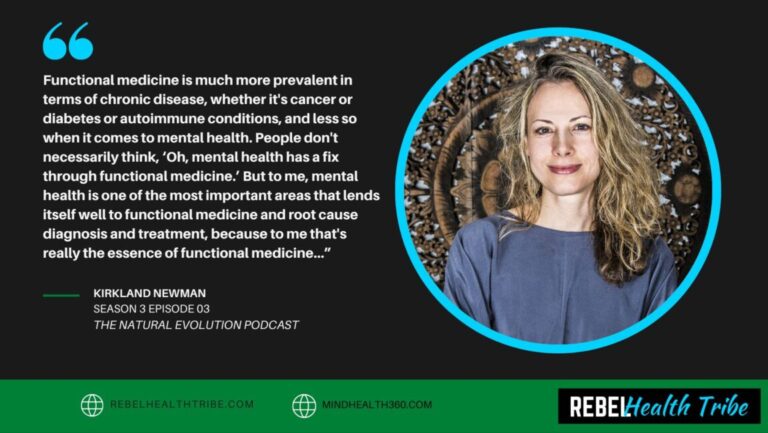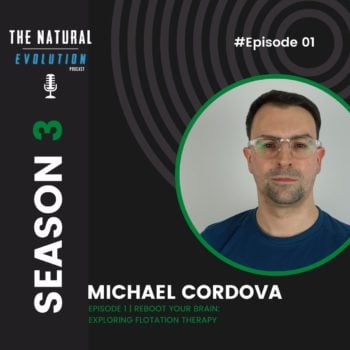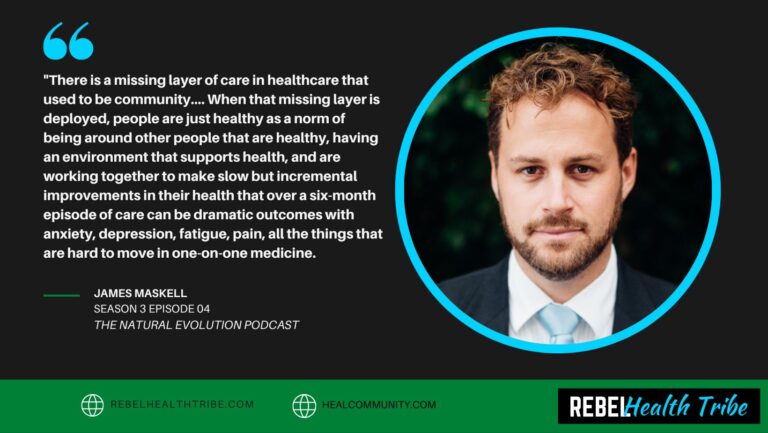

More Posts from
Toxicity & Detox Support
Sign Up & Receive the So You Think You Have Mold, Now What? PDF
Sign up with your name & email to receive the So You Think You Have Mold, Now What? PDF along with any future updates, content, and mold-related offers from RHT & Cathy Cooke!
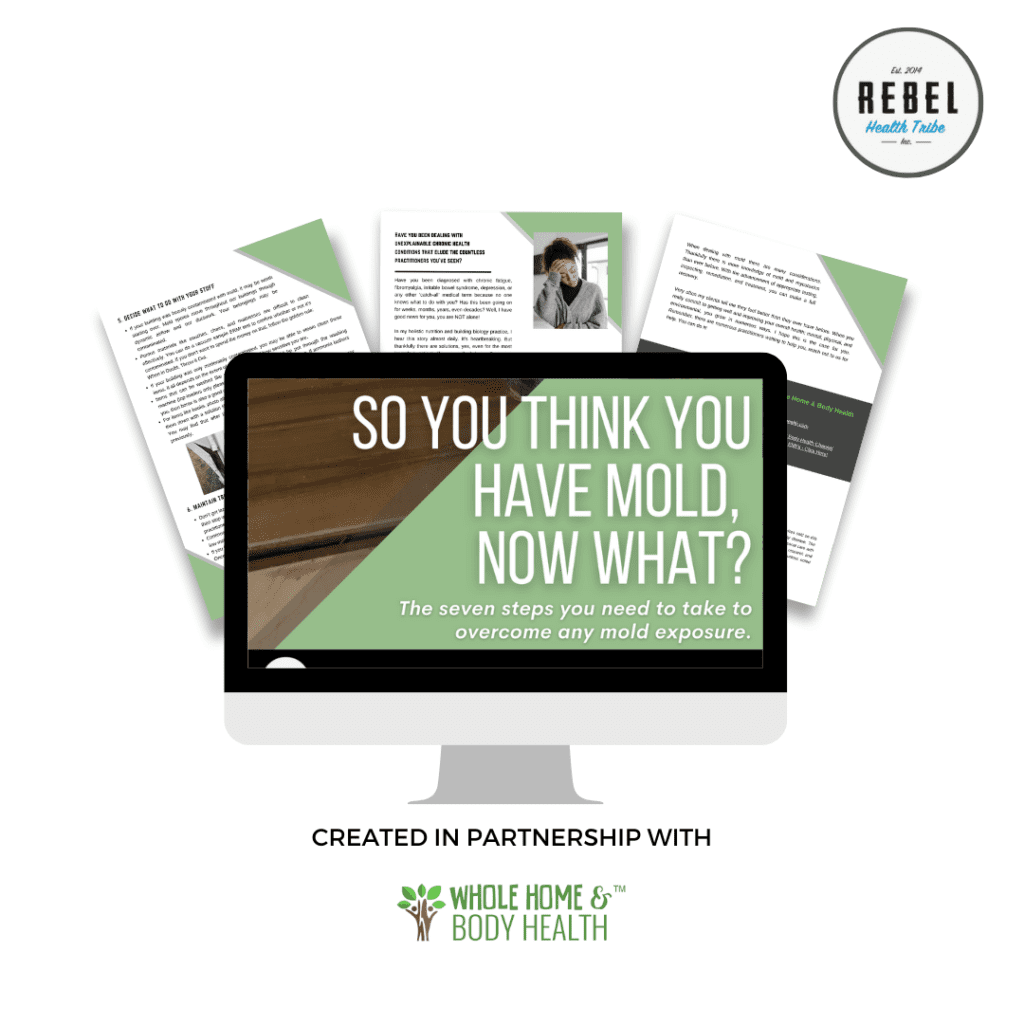
The Connection Between Chronic Disease and Mold Exposure
Healthy food. Regular exercise. A good night’s sleep.
These are all things we commonly associate as essential elements of a “healthy” lifestyle. But have you ever stopped to think about how your living environment impacts your health? As it turns out, it can have a monumental impact – especially if your environment contains traces of toxic mold.
In this blog post, we’re going to explore what makes certain strains of mold so toxic, how these toxins impact our health, and the role they play in the development of chronic disease. And more importantly, we’ll cover what steps you can take if you’re concerned that you’ve been exposed to the harmful toxins found in mold.
Defining Mold Toxicity: What Are Mycotoxins?
Mold, also sometimes referred to as mildew, is a type of fungus that thrives in moist, warm places. While mold in and of itself isn’t harmful, there are certain strains of mold that produce a class of toxic metabolites known as mycotoxins [1]. It’s speculated that mold may produce these microscopic poisons as a defense mechanism – allowing mycotoxin-filled mold spores to more easily infect their host and crowd out any nearby organisms that may be competing for resources [2].
Exposure to mycotoxins can occur through inhaling airborne spores, ingesting mycotoxin-contaminated food or water, or can even be absorbed through your skin [3]. And once these tiny toxins sneak their way into your body they can wreak havoc – causing a condition known as mold illness or mold toxicity.
“Being regularly exposed to the microscopic poisons found in mold can set the stage for a whole host of inflammation-related diseases – from Alzheimer’s to cancer and from diabetes to arthritis.”
Symptoms of Mold Exposure: Effects of Mycotoxins
Toxic mold exposure can be tricky to pinpoint because it often includes a vague conglomeration of symptoms. Symptoms of mold exposure can include: [4,5]
- Allergy-like respiratory symptoms (sneezing, coughing, shortness of breath, red and itchy eyes)
- Fatigue and weakness
- Headaches
- Light sensitivity
- Brain fog
- Digestive upset (like appetite swings, nausea, diarrhea, constipation, bloating)
- Joint pain and stiffness
- Vertigo
- Static shocks
- Frequent recurring infections
These are just a handful of the strange, seemingly-unrelated symptoms of toxic mold disease. To dive deeper into mycotoxins and explore a more exhaustive list of mold illness symptoms, you can head over and check out our blog post The Signs and Symptoms of Mold Illness by clicking right here.
While the initial symptoms of mold sickness are concerning, the real trouble arises when mold exposure becomes long-term. So exactly what diseases can mold cause? Before we dive into some of the more serious, life-altering, and even life-threatening chronic diseases mold can cause, let’s take a deeper look at exactly how mold exerts its toxic effects.
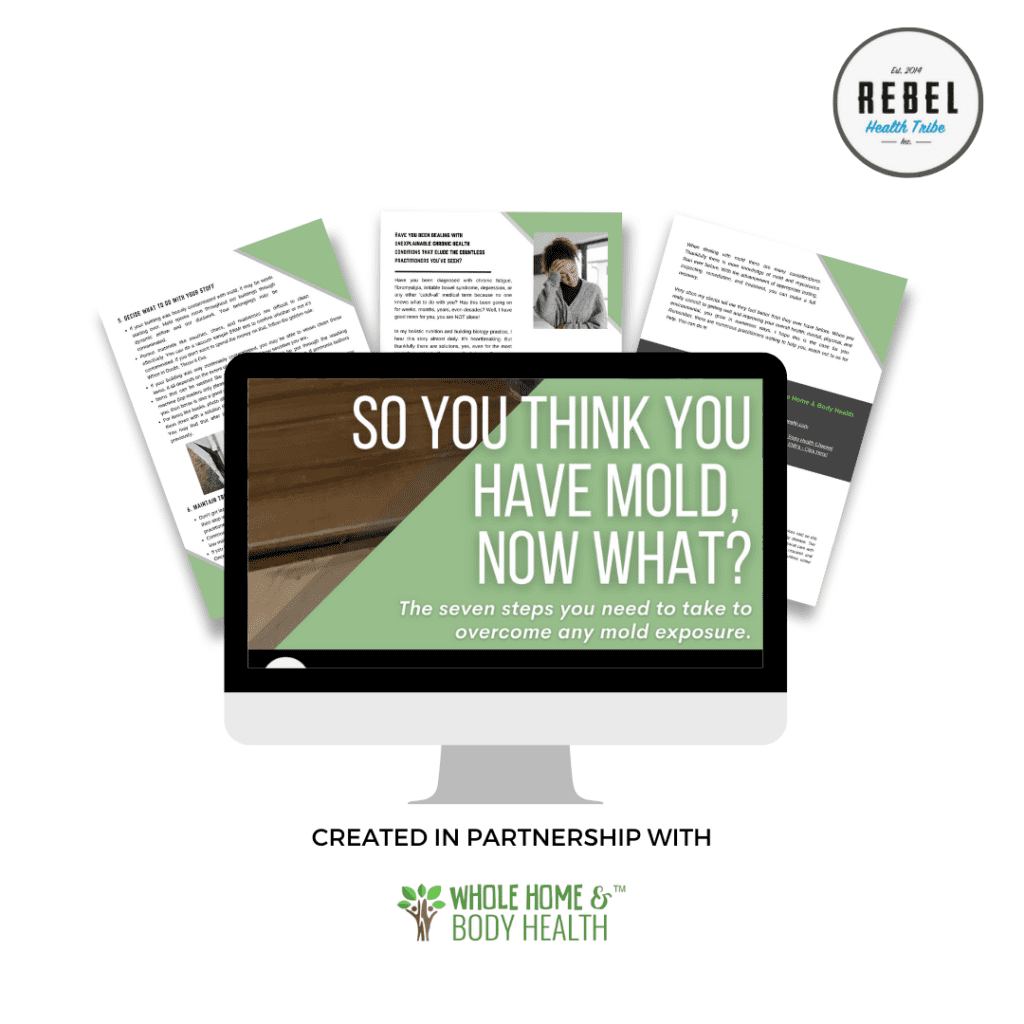
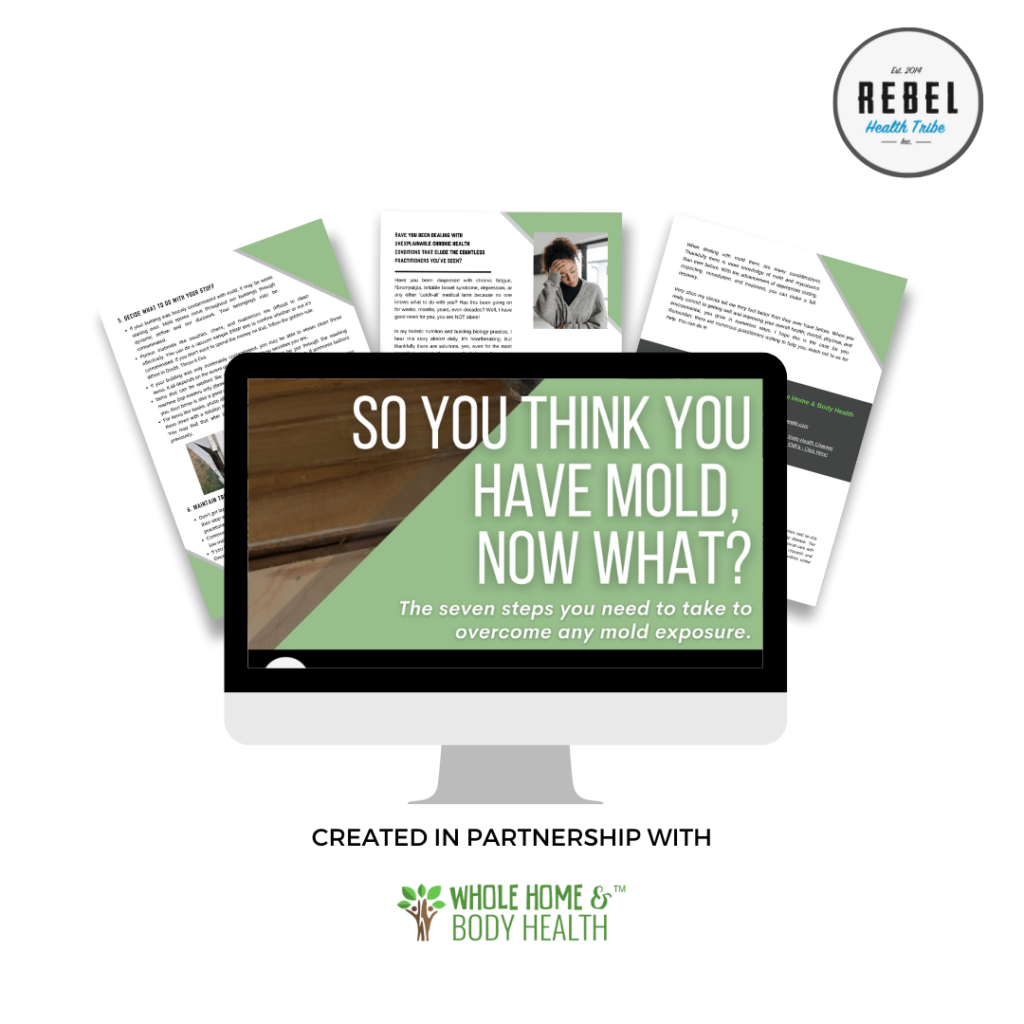
Sign Up & Receive the So You Think You Have Mold, Now What? PDF
Sign up with your name & email to receive the So You Think You Have Mold, Now What? PDF along with any future updates, content, and mold-related offers from RHT and Cathy Cooke!
What Exactly Do Mold and Mycotoxins Do?
When exposed to mold and mycotoxins a few specific things happen: [6,7,8,9]
- Antioxidant depletion: The toxins found in mold rapidly deplete your antioxidant reserves – leaving you with dwindling levels of crucial antioxidants like glutathione and Vitamin C.
- Oxidative damage: Without adequate levels of antioxidants, harmful molecules known as free radicals go left unchecked. As free radical levels spike, they strip electrons from your healthy cells and induce what’s known as oxidative damage.
- Immune activation: As oxidative damage increases, your immune system sounds the alarm – triggering widespread inflammation in an attempt to neutralize the source of the damage.
- Widespread inflammation: As inflammation soars, the integrity of both your gut lining and blood-brain barrier becomes compromised. This allows toxic substances to run amok throughout your gut, bloodstream, and brain – further triggering even more inflammation.
- Communication disruption: Mycotoxins can also bind to crucial proteins your body relies on to regulate inflammation and relay important messages between body systems. This can disrupt and scramble communication pathways – leaving your body confused and even more off balance.
- Mitochondrial damage: When mycotoxins infiltrate your cells, they cause direct damage to your mitochondria – the energy-generating powerhouse of your cells. This impedes your cells’ ability to repair and replicate – leaving cells damaged and unable to form new cells.
This ability to trigger such an intense immune response, skyrocket inflammation levels, scramble communication channels, and induce severe cellular damage is what makes mycotoxins so dangerous. Because if left unchecked, this cascade of effects can lead to irreparable damage and chronic disease.
Now that you have an understanding of how mold exerts its poisonous effects, let’s explore some of the specific long-term mold illnesses and chronic diseases triggered by mycotoxins.
Mold Exposure and Heart Disease
The upregulation of inflammation induced by mycotoxins can lead to a host of cardiac-related conditions such as: [10,11]
- Cardiac arrhythmias
- Endocarditis (inflammation of the lining of the heart)
- Myocarditis (inflammation of the heart muscle)
- Heart failure
- Heart attacks
To make matters worse, mold is also known to spike specific inflammatory compounds such as MM-9 and PAI-1 [12]. An influx of these compounds can increase blood coagulation and clot formation – increasing the likelihood of strokes, pulmonary embolisms, and clotting disorders.

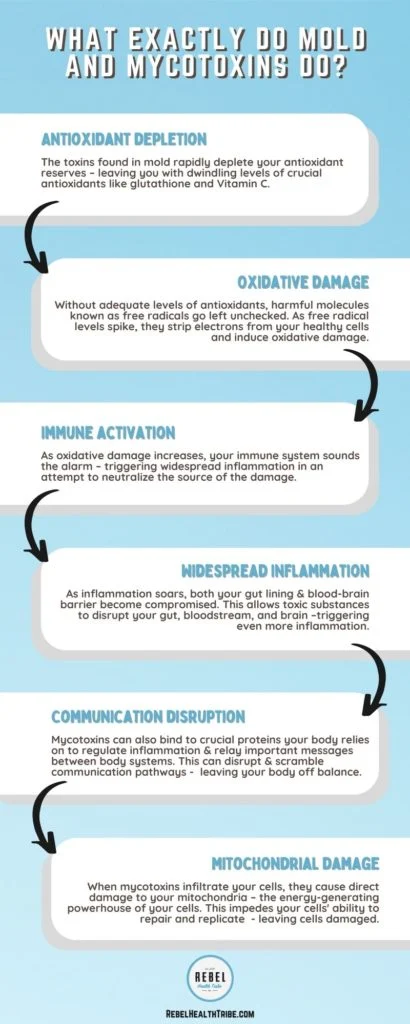
Mold Exposure and Autoimmune Disease
Depending on the type of mold, length of exposure, and an individual’s health status, mold can have both an immunosuppressive and immunostimulatory effect. That means mold can simultaneously stimulate and over-excite your immune system, while also hindering its ability to properly fight off infections.
In some cases, the extreme immune activation can essentially confuse your immune system and cause it to go haywire. Amidst the confusion, your immune system can begin mistakenly attacking your own healthy cells – creating autoimmunity [13].
Mold and autoimmune diseases create a vicious cycle of immune system dysregulation. Mold can trigger autoimmunity, which can then make you more susceptible to mold, and so on and so forth.
Inflammatory Disease Due to Mold Toxins
Because the toxic chemicals found on mold spores are potent inflammation-enhancers, mold exposure can be particularly troublesome when it comes to inflammatory chronic diseases. You see, ongoing low-level inflammation has been identified as one of the primary underlying causes of nearly every disease known to mankind [14].
If left unchecked, the widespread and rampant inflammation triggered by mold can have a domino effect – eventually pushing your body so far off balance that disease sets in. Being regularly exposed to the microscopic poisons found in mold can set the stage for a whole host of inflammation-related diseases – from Alzheimer’s to cancer and from diabetes to arthritis.
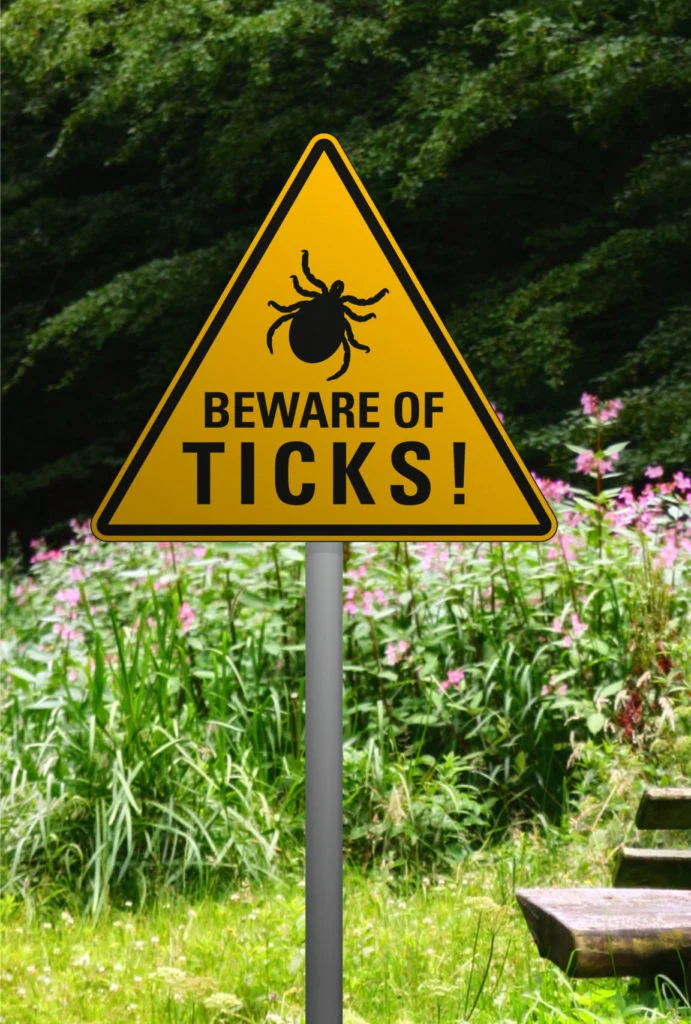
Lyme Disease and Mold Toxicity
Lyme disease is a bacterial infection caused by a microbe known as Borrelia burgdorferi. This bacteria is typically contracted through a tick bite and can create a host of complex and difficult to pinpoint symptoms. While Lyme disease is certainly no laughing matter, the truth is, that many people can actually be exposed to Borrelia burgdorferi and have little to no symptoms.
But if your immune system is already preoccupied and suppressed from fighting off mold, it can make you significantly more susceptible to developing ongoing Lyme-related health concerns [15]. And because both Lyme disease and mold toxicity provoke a robust immune reaction, mold and Lyme together can be a troublesome duo.
These two invaders can work together – creating a vicious cycle of inflammation and crippling symptoms that can be difficult to treat.
Mold and Kidney Disease
Mycotoxins have been found to be potent nephrotoxins – meaning they are acutely toxic to your kidneys. You see, your kidneys serve as a filtration system for your blood. They are responsible for filtering toxins out of your bloodstream so they can be excreted in your urine. But when your kidneys attempt to filter out mycotoxins, these microscopic poisons invade your kidney cells.
Once they infiltrate your kidney cells, mycotoxins disassemble the cells from the inside out – halting their ability to function properly and eventually leading to cellular death. If exposure is elevated or prolonged, these mycotoxins can accumulate in the kidneys and eventually lead to serious complications like decreased kidney function and even kidney failure [16].
Are You Concerned That Toxic Mold Might Be Contributing to Your Symptoms?
If you’re experiencing vague and persistent symptoms or have been to doctor after doctor but still can’t seem to find relief, it may be time to assess for mold exposure. And if you are indeed concerned about mold exposure, it’s important to recruit some expert help. Addressing illness from mold requires a two-pronged approach – eliminating the source of exposure and detoxing from mold.
Eliminating Exposure:
Eliminating the source of exposure often requires some detective work to identify all potential sources. And once identified, then begins the task of cleaning and removing any and all mold spores that have set up camp. Identifying and removing mold can be a tricky and overwhelming process so it’s important to have some expert guidance. If you’re unsure of where to start when it comes to mold remediation efforts, we’ve got some great resources to get you started:
Without thoroughly addressing all sources of potential exposure, it’s nearly impossible to fully recover from mold illness.
Detoxing From Mold
Detoxing from mold and recovering from mold illness can be a long and complicated journey.
So it’s important to consult an experienced practitioner that is well-versed in understanding mycotoxins symptoms and treating patients with mold illness.
Oftentimes, conventional doctors are not experienced in addressing the complexities of mold illness, so it can be helpful to partner with a functional medicine doctor, naturopath, or health professional that specializes in mold.
If you’re looking for some guidance on mold detoxing but aren’t sure where to turn, one of the leading experts in mold exposure is the brilliant Cathy Cooke. She has a plethora of resources and can help connect you to a trusted practitioner. And she even offers integrative health coaching and home assessments for those struggling with mold exposure.
You can learn more about Cathy and her work by clicking right here.
Don’t Let Mold Interfere With Your Health
Mold exposure can turn your life upside down and have serious consequences for your health. But the good news is, our understanding of toxic mold and the complex interplay it has with our bodies has grown significantly. So if mold is putting a damper on your well-being, there is a path to healing.
If you’re struggling with a mold-related illness, don’t go at it alone. The resources in this blog post are a great place to start. And we’ve got tons of additional resources to help you take charge of your well-being here on the blog, on our podcast, and over in the Wellness Vault.
Sign Up & Receive the So You Think You Have Mold, Now What? PDF
Sign up with your name & email to receive the So You Think You Have Mold, Now What? PDF along with any future updates, content, and mold-related offers from RHT and Cathy Cooke!
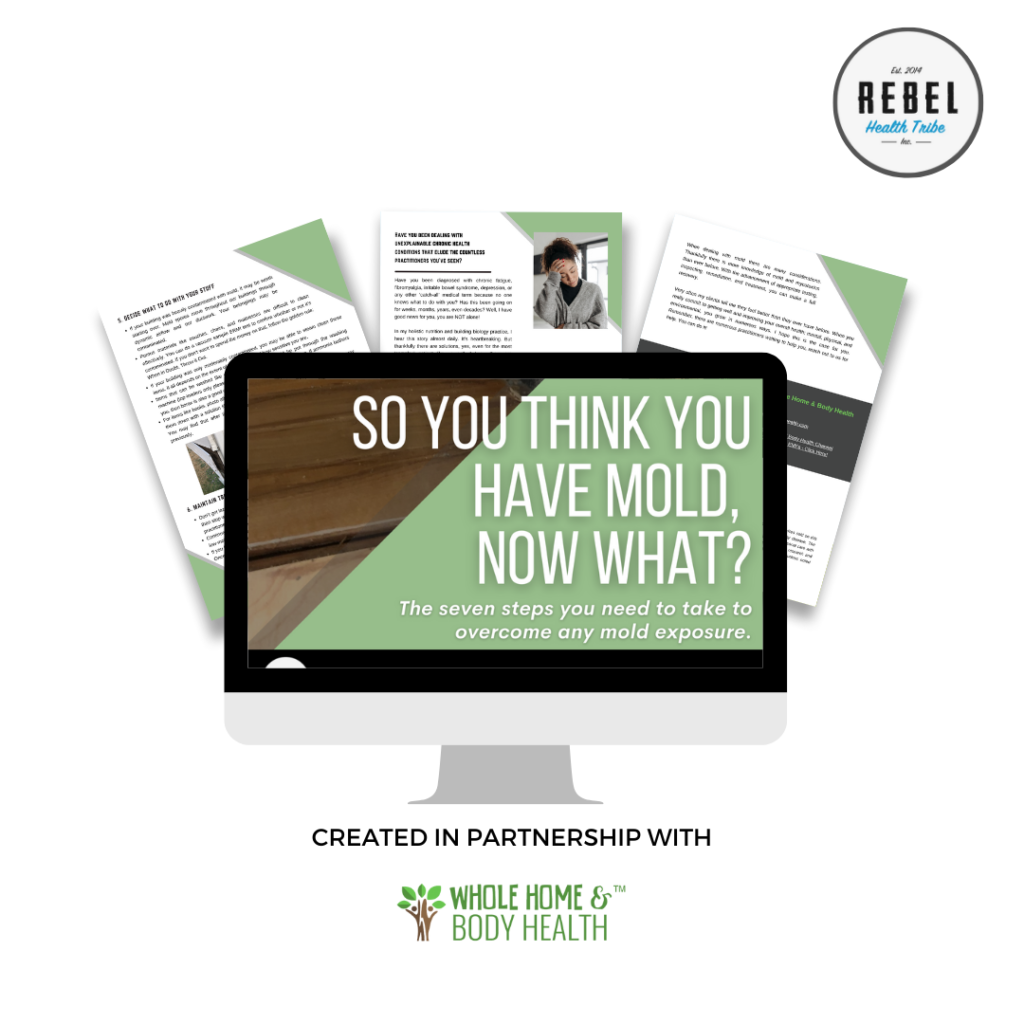
Resources:
- Mycotoxins (who.int)
- Secondary metabolism: regulation and role in fungal biology – PubMed (nih.gov)
- Mycotoxins (nih.gov)
- Real and Perceived Risks for Mycotoxin Contamination in Foods and Feeds: Challenges for Food Safety Control – PMC (nih.gov)
- Mycotoxins (who.int)
- Deficient Glutathione in the Pathophysiology of Mycotoxin-Related Illness – PMC (nih.gov)
- Impact of mold on mast cell-cytokine immune response – PubMed (nih.gov)
- Binding of mycotoxins to proteins involved in neuronal plasticity: a combined in silico/wet investigation | Scientific Reports (nature.com)
- The mitochondrial protein Bak is pivotal for gliotoxin-induced apoptosis and a critical host factor of Aspergillus fumigatus virulence in mice | Journal of Cell Biology | Rockefeller University Press (rupress.org)
- Heart Damage From Indoor Mold Exposure (mold-advisor.com)
- Particle Pollution and Cardiovascular Effects | US EPA
- The Biotoxin Pathway | Surviving Mold
- Severe Sequelae to Mold-Related Illness as Demonstrated in Two Finnish Cohorts – PMC (nih.gov)
- The inflammation theory of disease – PMC (nih.gov)
- LYME SCI: Dealing with Lyme disease and mold illness at the same time
- Effects of mycotoxins on renal function: Mycotoxic nephropathy (kidney-international.org)
Sign Up & Receive the So You Think You Have Mold, Now What? PDF
Sign up with your name & email to receive the So You Think You Have Mold, Now What? PDF along with any future updates, content, and mold-related offers from RHT & Cathy Cooke!

Toxicity & Detox Support Products
Get Social
Recent Podcasts
Recent Courses
Build Your Resilient Gut
An Exclusive Course with 10 Years of Microbiome
Kiran’s Professional Training Vault
If you’ve ever wanted all of Kiran’s best
Toxicity & Detoxification Masterclass 2024
The toxicity and Detoxification Masterclass covers a wide
Brain & Nervous System Masterclass 2024
19 Leading Experts Share Cutting-Edge Science, Effective Practices,
Autoimmune Masterclass 2024
Autoimmune Masterclass brings together 17 of the world’s
Get the RHT Newsletter
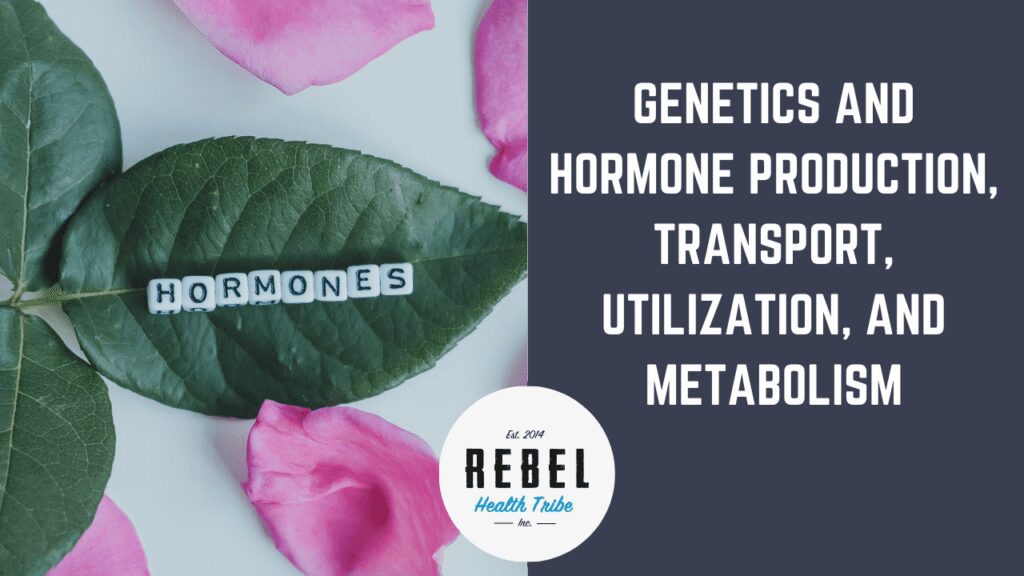
Genetics and Hormone Production, Transport, Utilization, and Metabolism
Our genetics play a larger role in our hormones than most people think. Obviously, diet, lifestyle, and environment are the
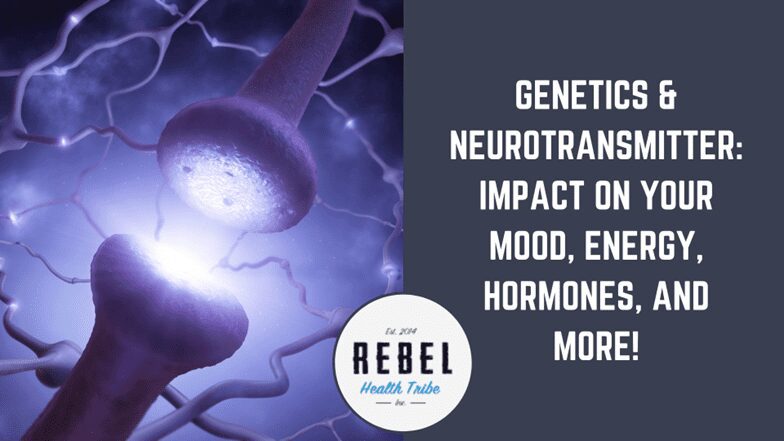
Genetics & Neurotransmitters: Impact on Your Mood, Energy, Hormones, and More!
Have you wondered why an antidepressant didn’t work for you? Have you ever wondered where your anxiety is coming from

Genetics and Detoxification: Your genes are key to knowing what detox protocol will best suit your body.
https://vimeo.com/821487331 If you’ve ever bought a detox kit off a shelf or felt considerably worse while doing a detox,
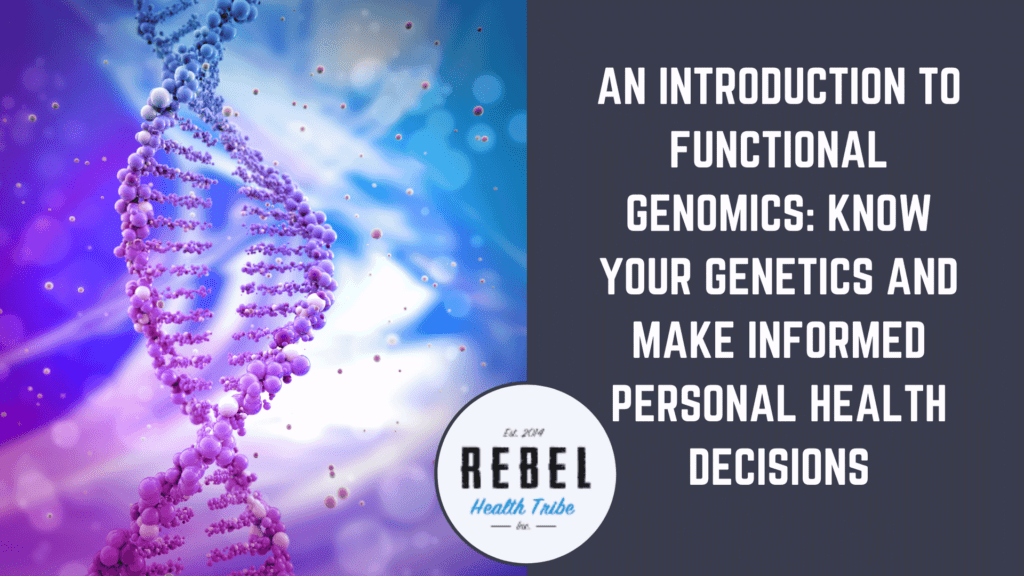
An Introduction to Functional Genomics: Know Your Genetics and Make Informed Personal Health Decisions
https://vimeo.com/821487068 The desire to know how your genes are affecting your health is rapidly growing. Many people are getting genetic

